Tom Whipple in More Intelligent Life:
 This story begins nearly four billion years ago, when the Earth was just another rock in just another solar system. In a pool of sludge on that rock, something astonishing happened. A long stringy molecule found a way to copy itself. Similar molecules would later carry the code that would enable life forms to grow, digest, run, breathe, read, launch rockets to the Moon. But for now, that molecule only knew how to do a single, important thing – to reproduce. This was the moment that life emerged. Since then, as each living organism has multiplied, the codes of life have altered by the tiniest increments generation after generation, stretching across time. Most of these mutations have had little impact. Very, very occasionally, they have been extraordinarily useful. The sum of millions of minuscule modifications over billions of generations has given some organisms the ability to survive in water, land, ice or the desert. They have helped them to beat disease, to be stronger, faster, fly. Across the aeons of biological time, this process has led one particular organism – us – to grow large brains, develop opposable thumbs and communicate complex ideas. We’ve mastered fire, tools, technology. In the great span of evolution, this transformation happened a mere split second ago. Degree by degree we continue to change.
This story begins nearly four billion years ago, when the Earth was just another rock in just another solar system. In a pool of sludge on that rock, something astonishing happened. A long stringy molecule found a way to copy itself. Similar molecules would later carry the code that would enable life forms to grow, digest, run, breathe, read, launch rockets to the Moon. But for now, that molecule only knew how to do a single, important thing – to reproduce. This was the moment that life emerged. Since then, as each living organism has multiplied, the codes of life have altered by the tiniest increments generation after generation, stretching across time. Most of these mutations have had little impact. Very, very occasionally, they have been extraordinarily useful. The sum of millions of minuscule modifications over billions of generations has given some organisms the ability to survive in water, land, ice or the desert. They have helped them to beat disease, to be stronger, faster, fly. Across the aeons of biological time, this process has led one particular organism – us – to grow large brains, develop opposable thumbs and communicate complex ideas. We’ve mastered fire, tools, technology. In the great span of evolution, this transformation happened a mere split second ago. Degree by degree we continue to change.
Six years ago a group of those highly evolved organisms worked out how to shrink evolutionary time. Scientists in laboratories on either side of the Atlantic discovered a way to manipulate the blind stumblings of random mutations. Through meticulous trial after trial and not a little fortune, they found a way to edit the code of life – to tweak the information that makes our eyes blue, muscles strong or IQs high. Humans had advanced so far that we were finally able to control our own evolution.
Jennifer Doudna, one of those scientists, was not the first to edit genes or genetically modify an organism. But the tool that her team discovered made a previously painstaking and expensive process simpler and usable by almost anyone. Entire PhDs were once spent changing a single gene to make one mutant mouse for research. The eureka moment came in 2012. Doudna remembers the instant when she realised what she had found. She was in her office high above San Francisco bay and her postgraduate student, Martin Jinek, was at the whiteboard. “It was a beautiful California day. I was looking across and seeing the Golden Gate Bridge,” says Doudna, gesturing towards the window: “The sun was streaming in, Martin was writing at the whiteboard.” Stroke by stroke he began sketching a simplified version of a previously obscure molecular mechanism that bacteria use to fight infection. The device had an ungainly name, CRISPR-Cas9. But realisation now dawned that its function was supremely elegant: it chopped up the DNA of invading viruses. What made that discovery important was that the tool could also be programmed to cut up DNA of any kind. Doudna’s team had worked out how to edit the genome of every living thing – even humans.
More here.
 Graves’s life was, in every sense, chaotic, but purposely so. He believed that ‘tranquillity’ (the Wordsworthian recipe) narcotises true poetry. The poet, like the kettle, must boil to produce. A few weeks before Graves started on Good-bye to All That, Riding enlarged the ménageto quatre with an Irish literary adventurer. It went all wrong and she jumped out of a fourth-floor window in Hammersmith. Graves followed suit. Both survived.
Graves’s life was, in every sense, chaotic, but purposely so. He believed that ‘tranquillity’ (the Wordsworthian recipe) narcotises true poetry. The poet, like the kettle, must boil to produce. A few weeks before Graves started on Good-bye to All That, Riding enlarged the ménageto quatre with an Irish literary adventurer. It went all wrong and she jumped out of a fourth-floor window in Hammersmith. Graves followed suit. Both survived.
 This story begins nearly four billion years ago, when the Earth was just another rock in just another solar system. In a pool of sludge on that rock, something astonishing happened. A long stringy molecule found a way to copy itself. Similar molecules would later carry the code that would enable life forms to grow, digest, run, breathe, read, launch rockets to the Moon. But for now, that molecule only knew how to do a single, important thing – to reproduce. This was the moment that life emerged. Since then, as each living organism has multiplied, the codes of life have altered by the tiniest increments generation after generation, stretching across time. Most of these mutations have had little impact. Very, very occasionally, they have been extraordinarily useful. The sum of millions of minuscule modifications over billions of generations has given some organisms the ability to survive in water, land, ice or the desert. They have helped them to beat disease, to be stronger, faster, fly. Across the aeons of biological time, this process has led one particular organism – us – to grow large brains, develop opposable thumbs and communicate complex ideas. We’ve mastered fire, tools, technology. In the great span of evolution, this transformation happened a mere split second ago. Degree by degree we continue to change.
This story begins nearly four billion years ago, when the Earth was just another rock in just another solar system. In a pool of sludge on that rock, something astonishing happened. A long stringy molecule found a way to copy itself. Similar molecules would later carry the code that would enable life forms to grow, digest, run, breathe, read, launch rockets to the Moon. But for now, that molecule only knew how to do a single, important thing – to reproduce. This was the moment that life emerged. Since then, as each living organism has multiplied, the codes of life have altered by the tiniest increments generation after generation, stretching across time. Most of these mutations have had little impact. Very, very occasionally, they have been extraordinarily useful. The sum of millions of minuscule modifications over billions of generations has given some organisms the ability to survive in water, land, ice or the desert. They have helped them to beat disease, to be stronger, faster, fly. Across the aeons of biological time, this process has led one particular organism – us – to grow large brains, develop opposable thumbs and communicate complex ideas. We’ve mastered fire, tools, technology. In the great span of evolution, this transformation happened a mere split second ago. Degree by degree we continue to change.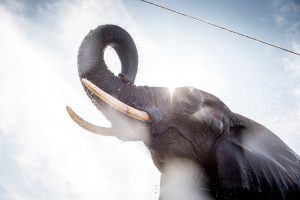 Elephants ought to get a lot of cancer. They’re huge animals, weighing as much as eight tons. It takes a lot of cells to make up that much elephant. All of those cells arose from a single fertilized egg, and each time a cell divides, there’s a chance that it will gain a mutation — one that may lead to cancer. Strangely, however, elephants aren’t more prone to cancer than smaller animals. Some research even suggests they
Elephants ought to get a lot of cancer. They’re huge animals, weighing as much as eight tons. It takes a lot of cells to make up that much elephant. All of those cells arose from a single fertilized egg, and each time a cell divides, there’s a chance that it will gain a mutation — one that may lead to cancer. Strangely, however, elephants aren’t more prone to cancer than smaller animals. Some research even suggests they  We (the readers of 3QD; I know there are many people who disagree) can take it as given that Alex Jones is a thoroughly evil person. Someone who spreads false statements that the parents of the children killed in the Sandy Hook shooting staged the whole thing deserves lots of bad things happening to him, e.g. lose all the money he has made from the web in a defamation suit that the parents have filed, have people boycott his dietary supplement hoax.
We (the readers of 3QD; I know there are many people who disagree) can take it as given that Alex Jones is a thoroughly evil person. Someone who spreads false statements that the parents of the children killed in the Sandy Hook shooting staged the whole thing deserves lots of bad things happening to him, e.g. lose all the money he has made from the web in a defamation suit that the parents have filed, have people boycott his dietary supplement hoax.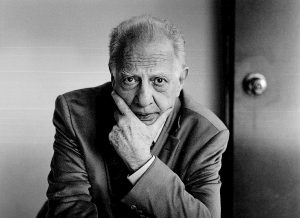
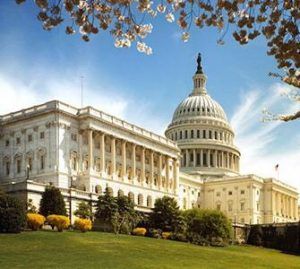
 Try it: try talking about the subject of reading without drifting off into how the Internet has changed the way we absorb information. I, along with the majority of people I know whose reading habits were formed long before the advent of digital magazines and newspapers, Google Books, blogs, RSS feeds, social media, and Kindle, usually feel I’m only really reading when it’s printed matter, under a reading lamp, with the screen and phone turned off. But the reality is that I do a vast amount of reading online.
Try it: try talking about the subject of reading without drifting off into how the Internet has changed the way we absorb information. I, along with the majority of people I know whose reading habits were formed long before the advent of digital magazines and newspapers, Google Books, blogs, RSS feeds, social media, and Kindle, usually feel I’m only really reading when it’s printed matter, under a reading lamp, with the screen and phone turned off. But the reality is that I do a vast amount of reading online.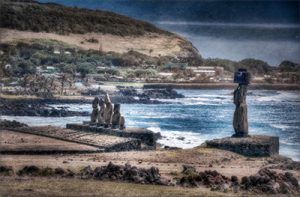 Polynesia could swallow up the entire north Atlantic Ocean. It’s that big.
Polynesia could swallow up the entire north Atlantic Ocean. It’s that big.  spanning George Boole to Claude Shannon. By some measures the works of these men combine to give us our modern, programmable computer.
spanning George Boole to Claude Shannon. By some measures the works of these men combine to give us our modern, programmable computer.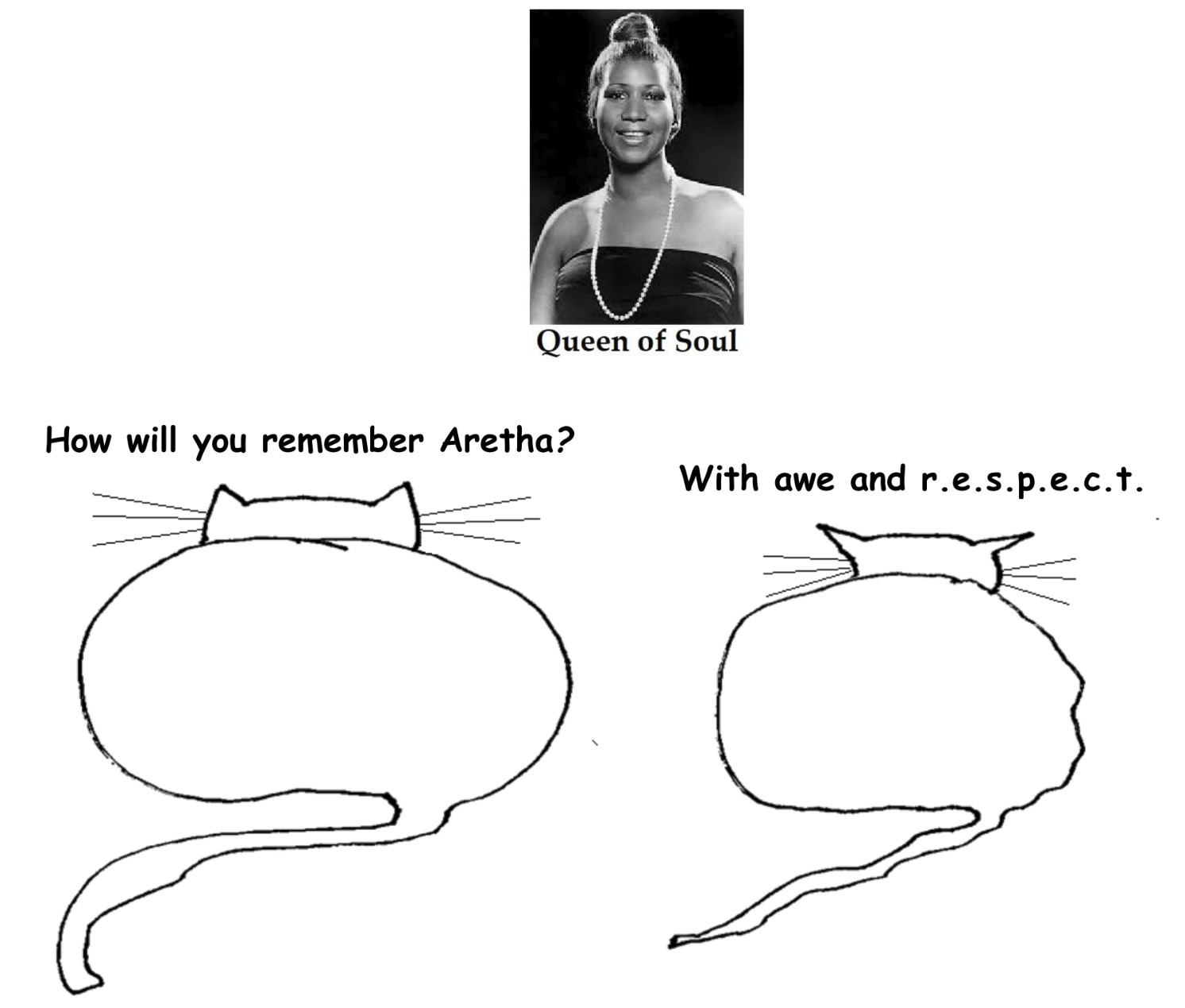
 Will you know what to do when the atomic bomb drops?
Will you know what to do when the atomic bomb drops? 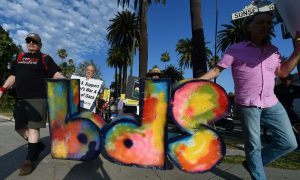 The movement for Boycott, Divestment and Sanctions against Israel – known as BDS – has been driving the world a little bit mad. Since its founding 13 years ago, it has acquired nearly as many enemies as the Israelis and Palestinians combined. It has hindered the efforts of Arab states to fully break their own decades-old boycott in pursuit of increasingly overt cooperation with
The movement for Boycott, Divestment and Sanctions against Israel – known as BDS – has been driving the world a little bit mad. Since its founding 13 years ago, it has acquired nearly as many enemies as the Israelis and Palestinians combined. It has hindered the efforts of Arab states to fully break their own decades-old boycott in pursuit of increasingly overt cooperation with  It’s one of the greatest stories in science, right up there with Neil Armstrong’s small step on the moon and Jane Goodall’s
It’s one of the greatest stories in science, right up there with Neil Armstrong’s small step on the moon and Jane Goodall’s  Nobody wants to feel helpless or desperate. The days of charities showing people as one-dimensional victims are – hopefully – numbered. Theo Sowa, chief executive of the African Women’s Development Fund, has said: “When people portray us as victims, they don’t want to ask about solutions. Because people don’t ask victims for solutions.”
Nobody wants to feel helpless or desperate. The days of charities showing people as one-dimensional victims are – hopefully – numbered. Theo Sowa, chief executive of the African Women’s Development Fund, has said: “When people portray us as victims, they don’t want to ask about solutions. Because people don’t ask victims for solutions.” “Hijra,” a term of South Asia which have no exact match in the modern Western taxonomy of gender, designated as male at birth with feminine gender identity and eventually adopts feminine gender roles. They are often grossly labeled as hermaphrodites, eunuchs, transgender or transsexual women in literature. presently a more justified social term for them is the “Third Gender.” Transcending the biological definition, hijras are a social phenomena as a minority group and have a long recorded history in South Asia. However, their overall social acceptance and present conditions of living vary significantly in countries from Bangladesh, India and Pakistan. Perhaps the Hijras in Bangladesh face the worst situation, which forces a good number of them to leave their motherland and migrate to India. Instead of coming from various social and family backgrounds, Hijras feel the strongest sense of belonging with their own group—fellow Hijra. These groups give them the shelter of a family and the warmth of human relationship. Outside the group, they are discriminated and scorned almost everywhere. Traditionally, these individuals earned their living based on the cultural belief that Hijras can bless one’s house with prosperity and fertility. Because of the shared geographical and cultural history of the subcontinent, this particular Hindu belief slowly made room in the Muslim culture of this land. Times have changed and Hijras have lost their admired space in the society. Now they make a living by walking around the streets collecting money from shopkeepers, bus and train passengers or through prostitution.
“Hijra,” a term of South Asia which have no exact match in the modern Western taxonomy of gender, designated as male at birth with feminine gender identity and eventually adopts feminine gender roles. They are often grossly labeled as hermaphrodites, eunuchs, transgender or transsexual women in literature. presently a more justified social term for them is the “Third Gender.” Transcending the biological definition, hijras are a social phenomena as a minority group and have a long recorded history in South Asia. However, their overall social acceptance and present conditions of living vary significantly in countries from Bangladesh, India and Pakistan. Perhaps the Hijras in Bangladesh face the worst situation, which forces a good number of them to leave their motherland and migrate to India. Instead of coming from various social and family backgrounds, Hijras feel the strongest sense of belonging with their own group—fellow Hijra. These groups give them the shelter of a family and the warmth of human relationship. Outside the group, they are discriminated and scorned almost everywhere. Traditionally, these individuals earned their living based on the cultural belief that Hijras can bless one’s house with prosperity and fertility. Because of the shared geographical and cultural history of the subcontinent, this particular Hindu belief slowly made room in the Muslim culture of this land. Times have changed and Hijras have lost their admired space in the society. Now they make a living by walking around the streets collecting money from shopkeepers, bus and train passengers or through prostitution. When
When